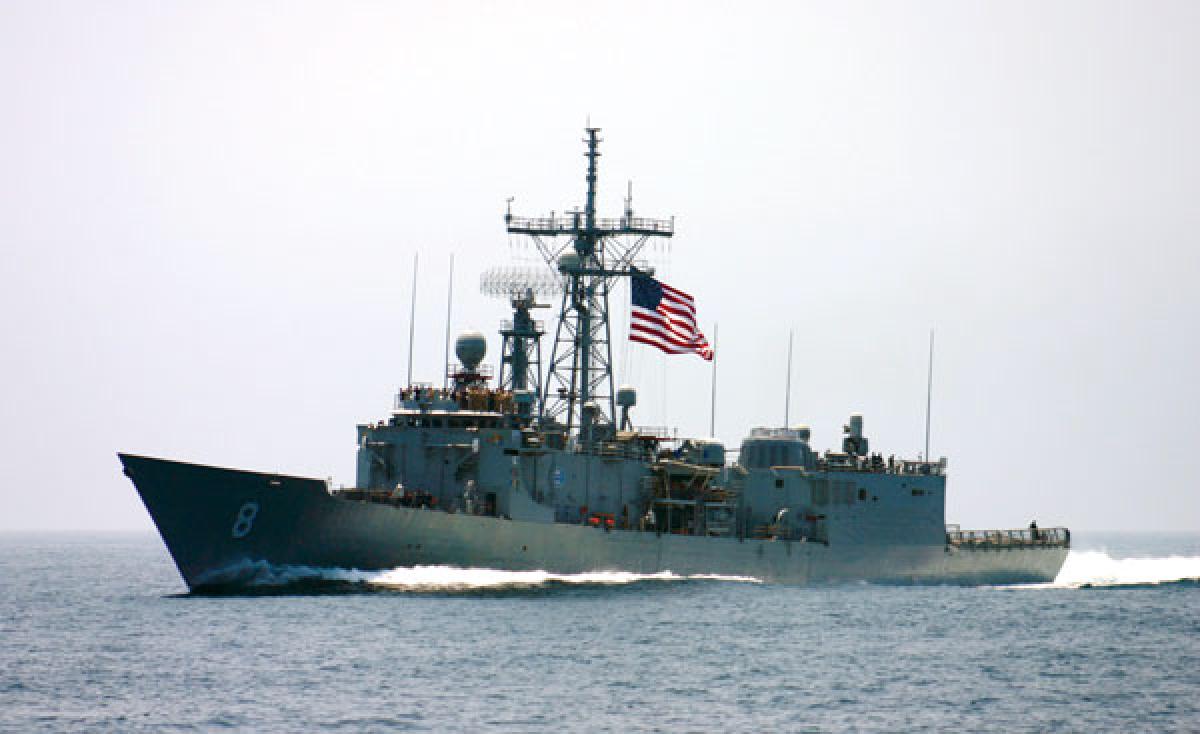On 31 August the Oliver Hazard Perry–class frigate USS McInerney (FFG-8) was decommissioned from U.S. Navy service and transferred to the Pakistani fleet, where she has been renamed the PNS Alamgir. Originally commissioned in December 1979, the frigate was built by Bath Iron Works in Maine. Armed with a single 76-mm gun, a 20-mm Phalanx close-in weapon system, and two triple Mk-32 antisubmarine torpedo tubes, the frigate was originally equipped with an Mk-13 missile launcher capable of firing Harpoon surface-to-surface missiles and Standard SM-1 surface-to-air missiles. Though the Mk-13 launcher has been removed, the warship’s two on-board helicopters have enabled the vessel to remain a useful multi-purpose asset. Pakistan has not yet announced how it plans to arm its new frigate, but the acquisition of additional Perry-class sister ships is planned. The Alamgir joins several recently acquired warships in Pakistani service, including the new Zulfiquar-class frigates that were ordered from China in 2005.
In June, Germany retired its final Breguet Atlantic Mk 1 (Br.1150) maritime patrol aircraft from service during a ceremony at Nordholz Naval Air Station. The aircraft previously had served with German Naval Air Wing 3. Originating in the late 1950s as the answer to a NATO requirement for a long-range maritime patrol plane, the Atlantic, which first flew in 1961, has served with French, Italian, German, Dutch, and Pakistani forces. The aging aircraft has been replaced in German service by P-3C Orions purchased from the Netherlands beginning in 2005. The formerly Dutch P-3s are due to serve the German Navy through 2025. Several of the German Navy’s Atlantic aircraft were modified for electronic-warfare missions, and these units may be replaced by unmanned aircraft sometime in the future. The Atlantic Mk 1 remains in service with Italy and Pakistan, while the French fleet flies the more advanced Mk 2 variant that began entering service in 1989.
A Dutch Walrus-class submarine is taking part in counter-piracy patrols off the east coast of Africa this fall, with operations thought to have begun around September and planned to run through November. Last summer, NATO announced that in an effort to reduce piracy, the Netherlands had agreed to a request for the submarine to patrol one of the world’s busiest and most vulnerable shipping routes, stretching from the Gulf of Aden to the Indian Ocean. The as-yet unnamed submarine, one of four in service with the Royal Dutch Navy, is being used to monitor communications between pirate vessels and their shore-based Somali warlords as part of NATO’s ongoing Operation Ocean Shield. The Walrus-class submarines HNLMS Walrus (pictured here), Zeeleeuw, Dolfijn, and Bruinvis entered service during the early 1990s and have been involved in numerous intelligence-collection activities since the end of the Cold War. Each boat displaces some 2,800 tons submerged and carries a crew of roughly 50 personnel. All four are expected to be modernized during the coming decade.



